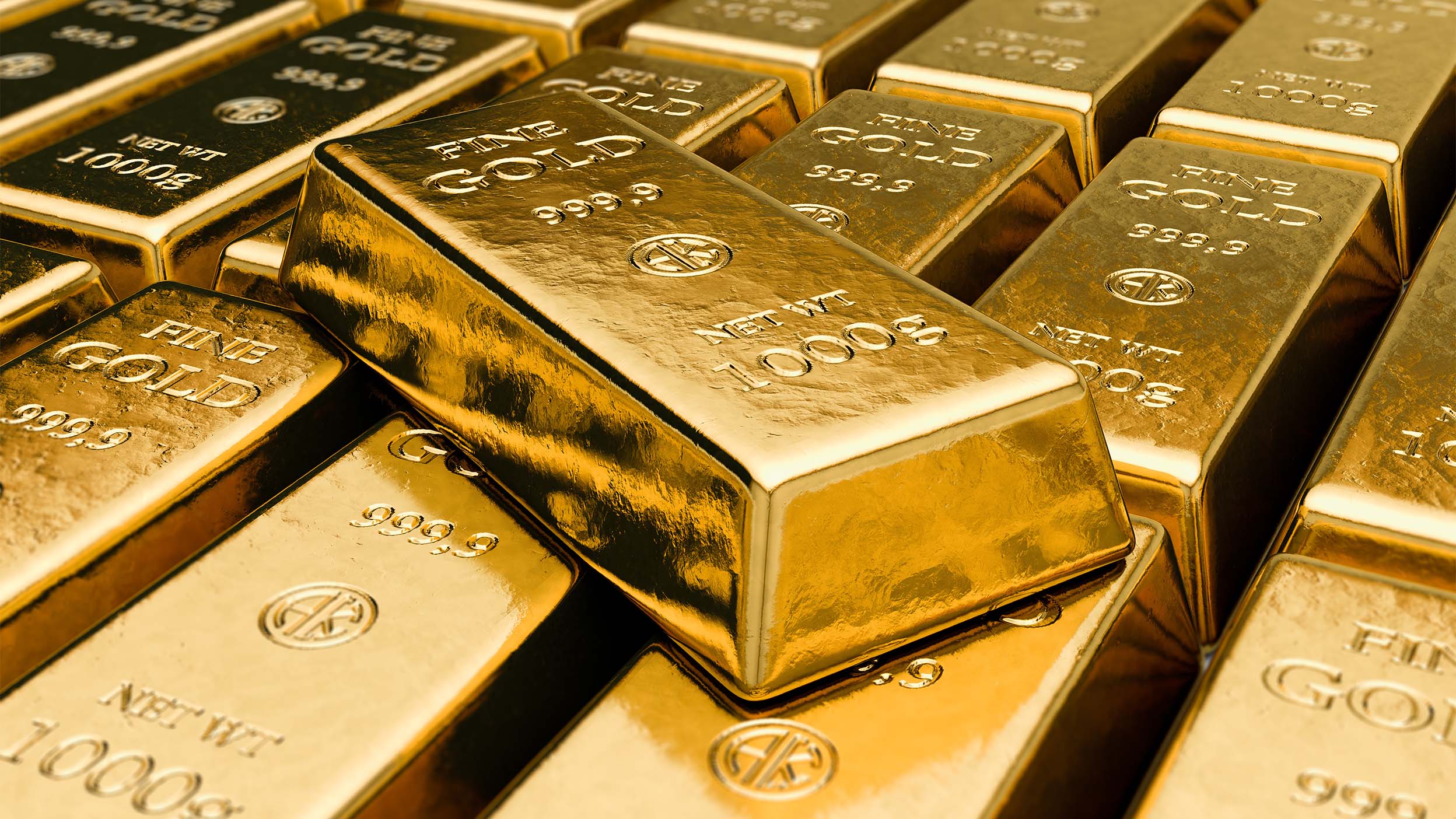Why invest in gold?
Gold has typically done well in times of triumph and turbulence and already this year, it’s been one of the better performing assets.
As seen with central banks gold purchases, it can offer good diversification benefits (because it tends to behave differently to other assets), as well helping to manage risk in times of heightened volatility and global uncertainty.
For some, the recent banking crisis (started by the collapse of Silvergate and more notably Silicon Valley Bank), has sparked memories of the global financial crisis. Gold also performed well then, as investors looked to perceived ‘safe havens’ to offset riskier assets. The most recent saga has seen the gold price hit near historic highs.
Gold can also be useful when inflation is high and rising. This is particularly true when high inflation has been caused by an economic slowdown or sudden unexpected crisis, like in today’s environment.
The same was seen in the 70s and 80s, the only other time when inflation was at similar levels to that of today, for similar reasons. It tends to be less desirable when the cause is down to an increase in demand pushing prices higher.
Since the 1970s, whenever inflation has risen above 3%, gold has returned on average, 15% per annum (roughly 9% higher than when it sits below 3%).1
Over these past 50 years, in periods of high inflation, stagflation and recession, gold has produced positive real and nominal growth. It has also made smaller, positive returns when conditions have been more stable.
How to invest in gold
Gold exchange-traded commodities (ETCs) can be a simple and efficient way for investors to get exposure to the gold price.
Gold ETCs are usually backed by physical gold. This means the ETC will buy gold bars (stored in secure bank vaults) which match the total value of the ETC.
One of the main benefits of an ETC is that the heavy lifting is done by the ETC – sourcing, transporting, storage and insurance of the physical gold bars. It also means that the bars can be bought and sold throughout the day like regular stocks and shares. The unit price is set against a standard benchmark, like the London Bullion Market Association (LBMA) gold price.
Investing in gold with Invesco
Typically, you’d access one of our exchange-traded products through an online trading platform directly. You could also buy and sell through a stockbroker, or through your financial adviser, just like ordinary stocks and shares.
If you’re new to investing, you should get financial advice to help decide if investing is for you. You can find a financial adviser at www.unbiased.co.uk.





